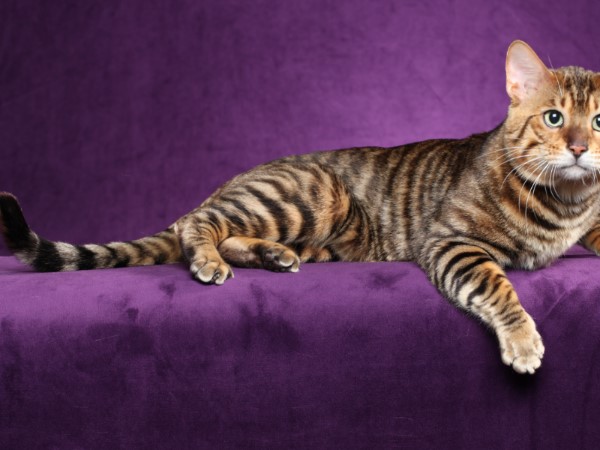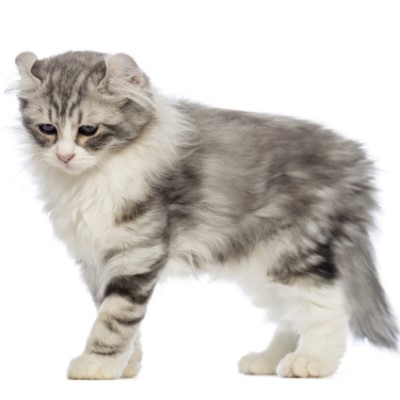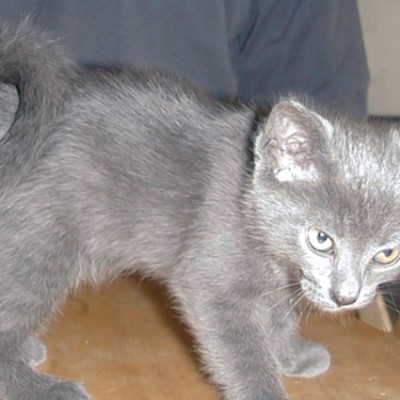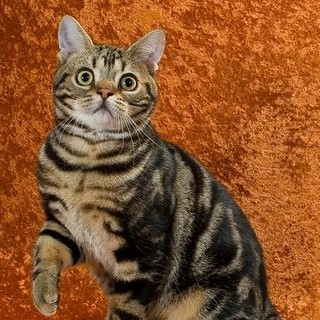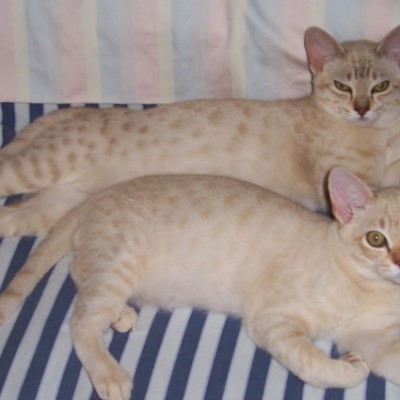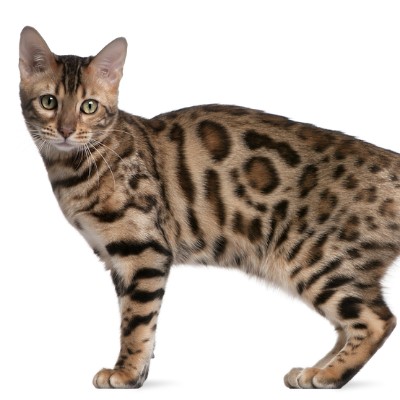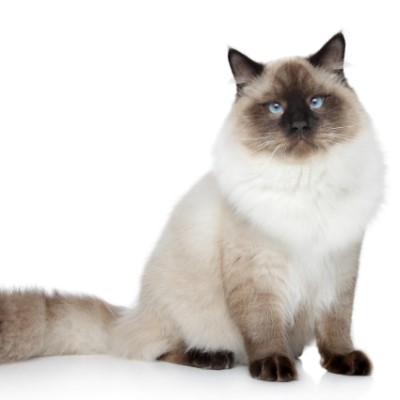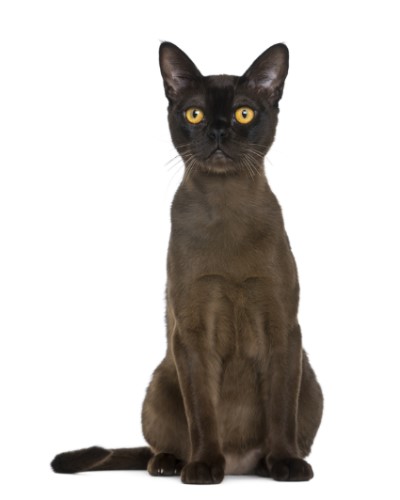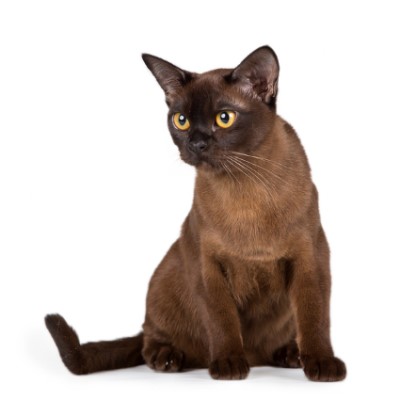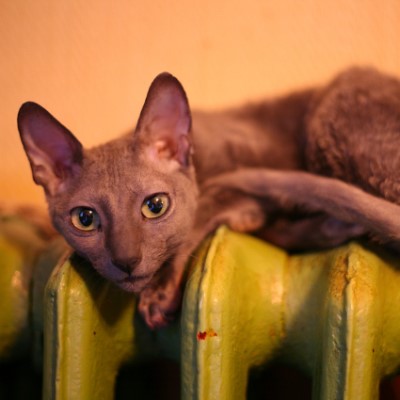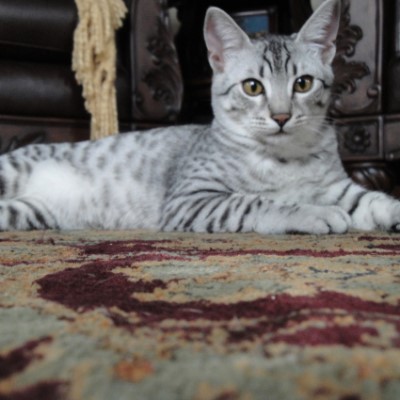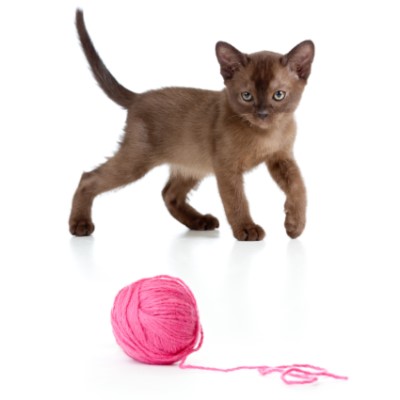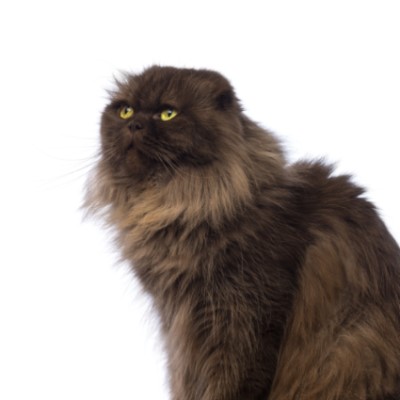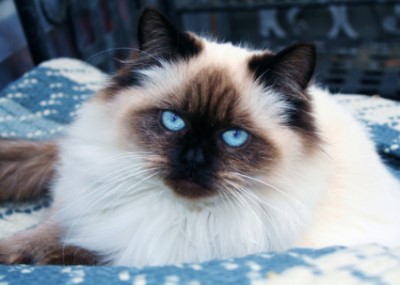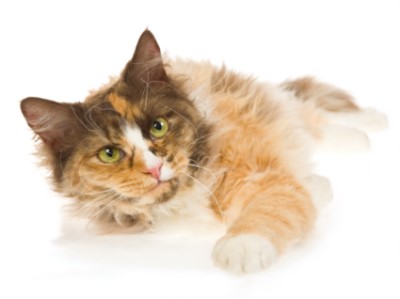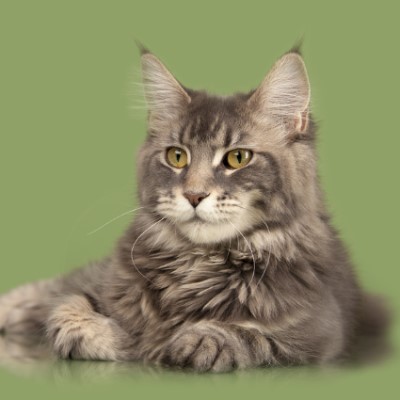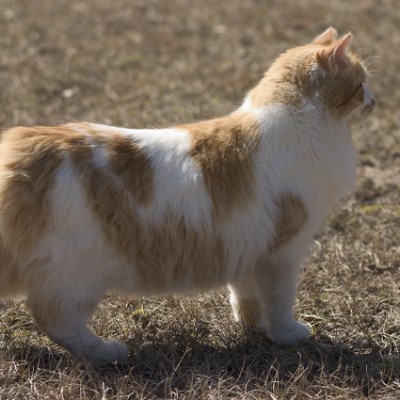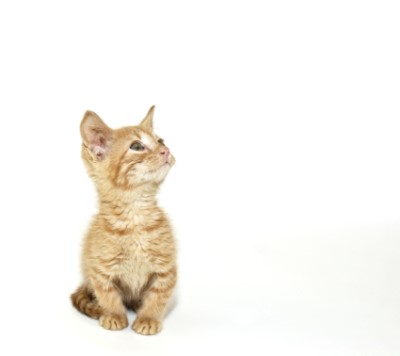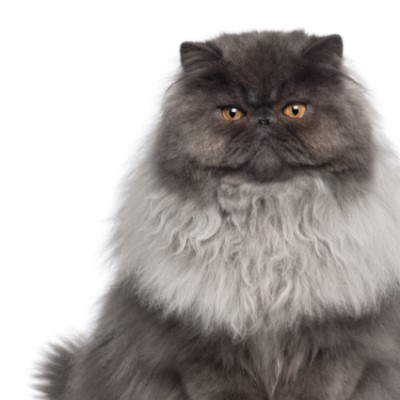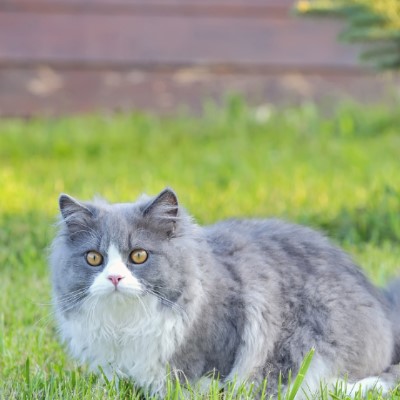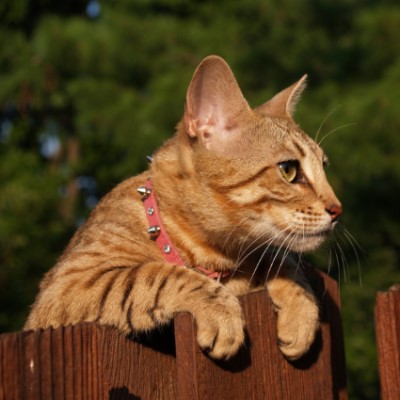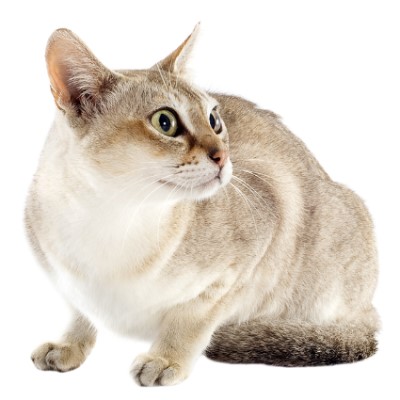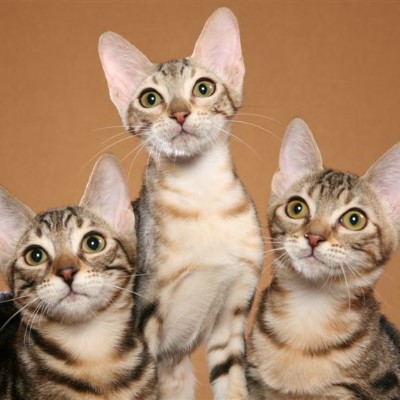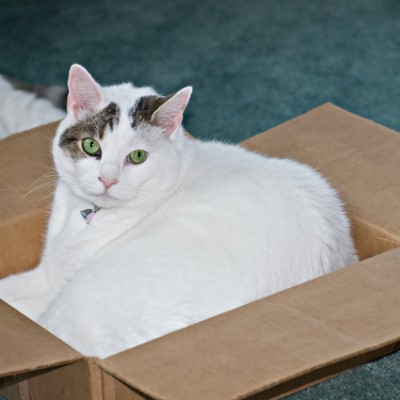Common Reasons for Surrender
Toyger cats most often end up in shelters and rescues because their families are moving and either cannot or do not want to take them. Some rentals are not pet-friendly while those that are may have exorbitant pet deposit fees.
Pros
An active and a playful breed, your Toyger will enjoy running, jumping, and climbing around the house. She wants her human’s attention and will be perfectly content to nap on your lap or lie next to you as you sleep. Unlike most cats, the Toyger actually likes to play with water. Toyger cats typically do well with other pets and children, particularly if children are taught how to respect and properly treat an animal.
Cons
Choose another breed if you want a lazy cat. Toygers are generally very active. Most will run, jump, and climb whenever the opportunity arises which could put valuable items, on bookshelves and countertops, in jeopardy of being knocked over.
Diet
Most Toygers do well on any diet provided it is high quality, so buy the best quality you can afford. Some owners prefer to feed the raw diet, which requires handling raw meat daily while others opt for dry food or wet food or a combination of the two. If you’re not sure what is best for your cat, consult your veterinarian. Avoid commercial treats and never feed your cat from the table at mealtime to avoid starting a bad habit. Small pieces of turkey and chicken make healthy treats when given in moderation.
Exercise
A young Toyger cat will generally get all the exercise he needs on his own, running, climbing, jumping, and playing with toys. You may have to initiate playtime and encourage exercise as your cat gets older. Play time is an ideal way to bond and will keep an older cat active and healthy.
Possible Health Issues
Toyger cats are generally very healthy with no known health issues in the breed.
Litter
Use whatever litter works best for your cat. Some cats are finicky while others will use whatever they are given. If your Toyger cat isn’t using her litter box, try changing the litter, adding an extra box or two, and changing the location of the litter box. If none of that works, your cat may be suffering from a medical issue, so take her to the vet as soon as possible.
Grooming
Brush your Toyger thoroughly regularly, which will remove any dead and loose fur. Nails should be clipped every few weeks.
Training
Toygers generally take well to training. In fact, many have been trained to play roles in television commercials. You can also train your Toyger to walk on a leash and to do other tricks and commands.
Entertainment
Provide your Toyger with toys, such as a string or a ball, and she’ll happily play until she tires herself out. Toygers also love running, jumping, and climbing. Consider purchasing a cat tree or cat shelves to allow your cat a safe and acceptable place to climb and to jump.
We want to thank WildFX Toyger Cats , DesignerStripes Toygers , and Primaeval Toygers for help with this profile.
